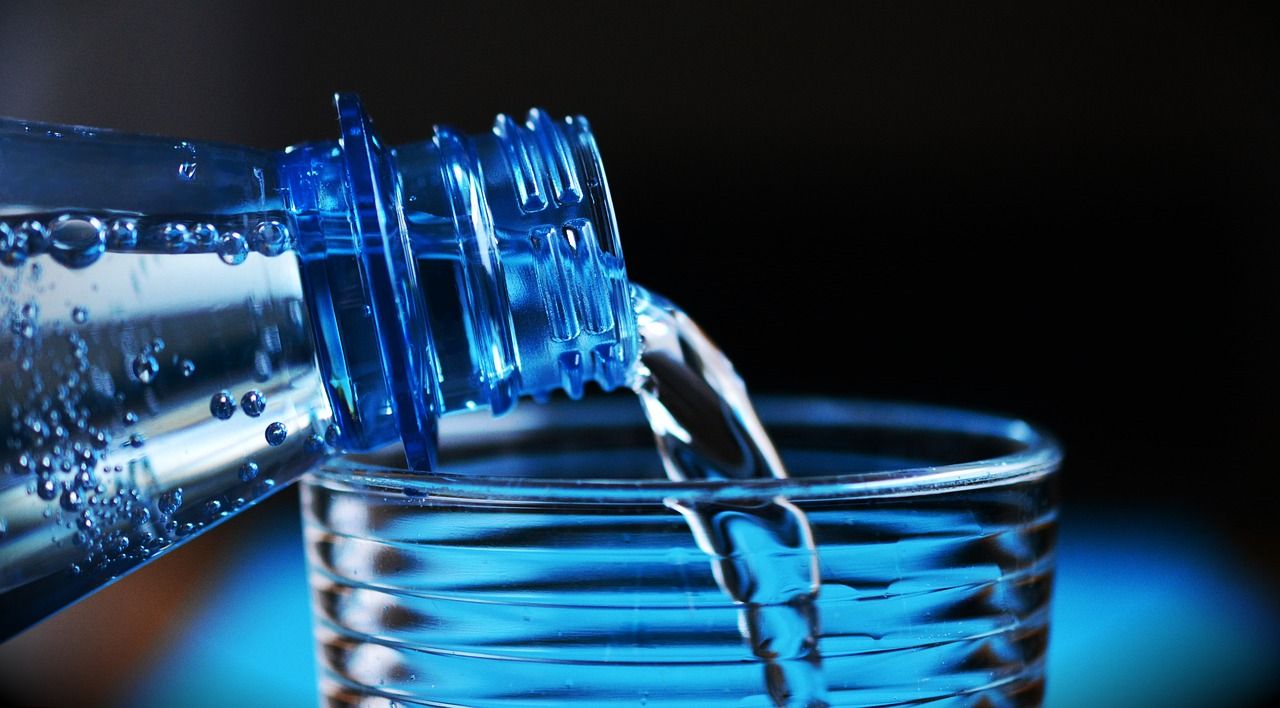Follow us on Google News (click on ☆)

Using an innovative approach based on Raman microspectroscopy, scientists are calling for a revision of European standards to include this fraction, which poses a higher risk of integration into the human body. Published in the journal Plos Water, this research highlights the importance of better regulation of microplastics in drinking water.
Microplastics (MP), these invisible plastic fragments to the naked eye, are ubiquitous in our environment and are also found in drinking water, whether bottled or tap.
A new study, led by the Center for Biodiversity and Environmental Research (CRBE, CNRS/UT3/IRD/Toulouse INP) and the Geosciences Environment Toulouse laboratory (GET, CNRS/IRD/UT3/CNES), reveals that 98% of microplastics present in drinking water measure less than 20 µm. However, this critical size is not included in the detection methodology of the European Directive 2020/2184, which could significantly underestimate their presence and health risks.
By analyzing ten brands of bottled water and a sample of tap water in Toulouse, researchers detected concentrations ranging from 19 to 1,154 microplastics per liter. Seventeen types of polymers were identified, the most common being polyethylene (PE), polypropylene (PP), and polyamide 6 (PA6), suggesting the introduction of microplastics throughout production or even during water collection.
Polyethylene terephthalate (PET), used for bottles, was present in only 7 out of 10 brands, and often in low proportions, showing that bottles are not a major source of contamination.
The implications for human health are significant: these small-sized microplastics can cross the intestinal barrier and reach the circulatory system and organs. This study proposes a robust methodology for their detection starting at 1 µm, based on Raman microspectroscopy, and calls for the inclusion of this fine fraction in European regulations.

Cumulative size distribution of microplastics detected in drinking water: 98% measure less than 20 µm.
This work paves the way for a better understanding and management of plastic pollutants in water resources, while proposing a method applicable to various types of drinking water. Funded by the CNRS 80Prime program, this research underscores the urgency of integrating these data into international regulatory frameworks.
Reference:
Hagelskjær O, Hagelskjær F, Margenat H, Yakovenko N, Sonke JE, Le Roux G (2025)Majority of potable water microplastics are smaller than the 20 μm EU methodology limit for consumable water quality.
PLOS Water. Published on January 15, 2025.